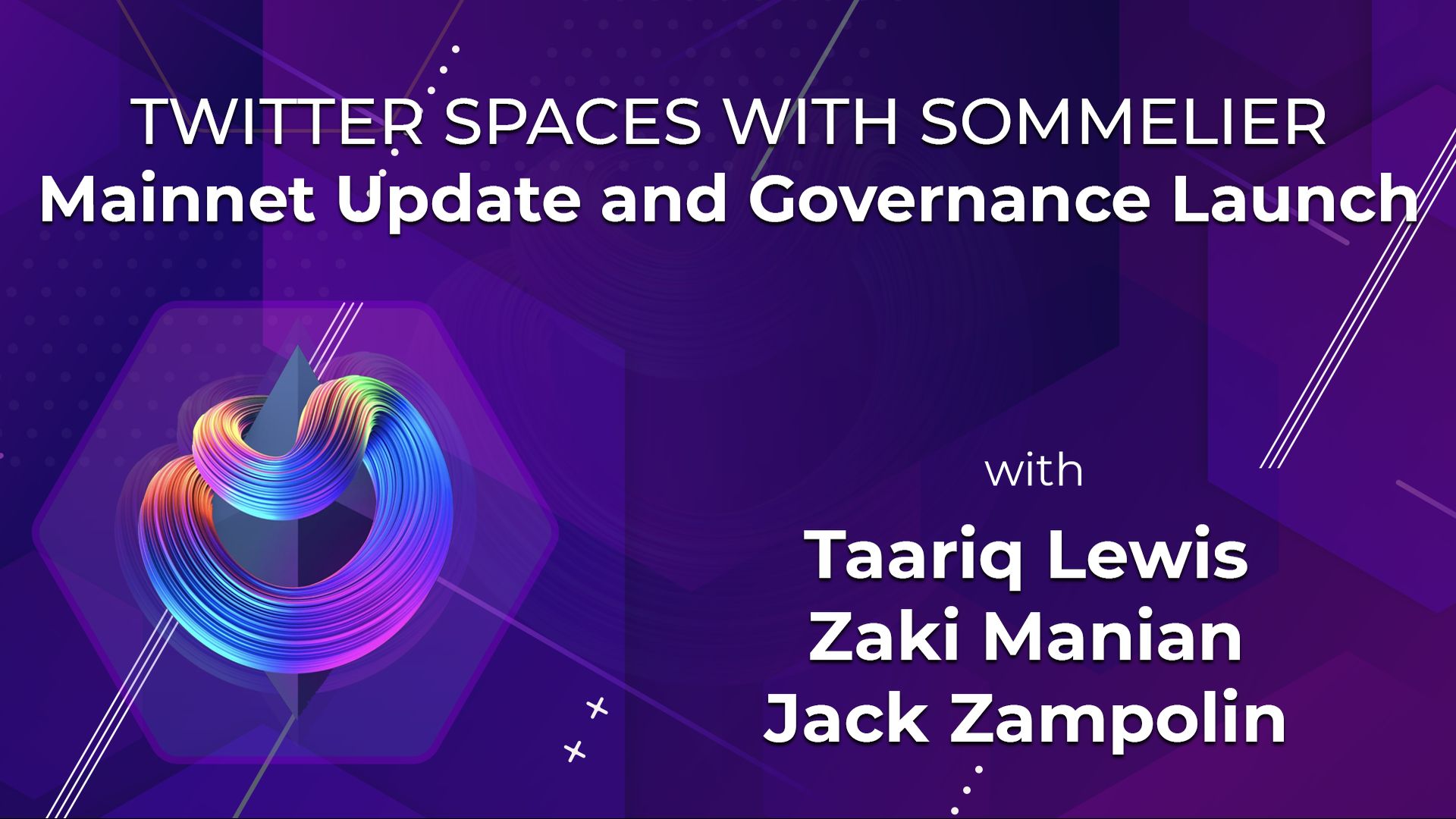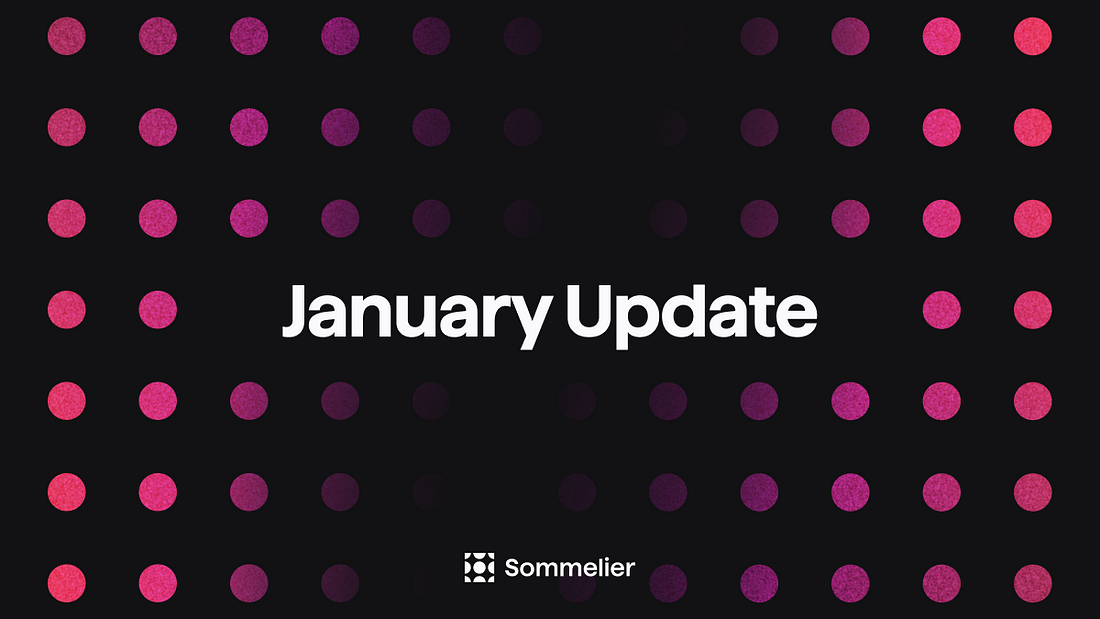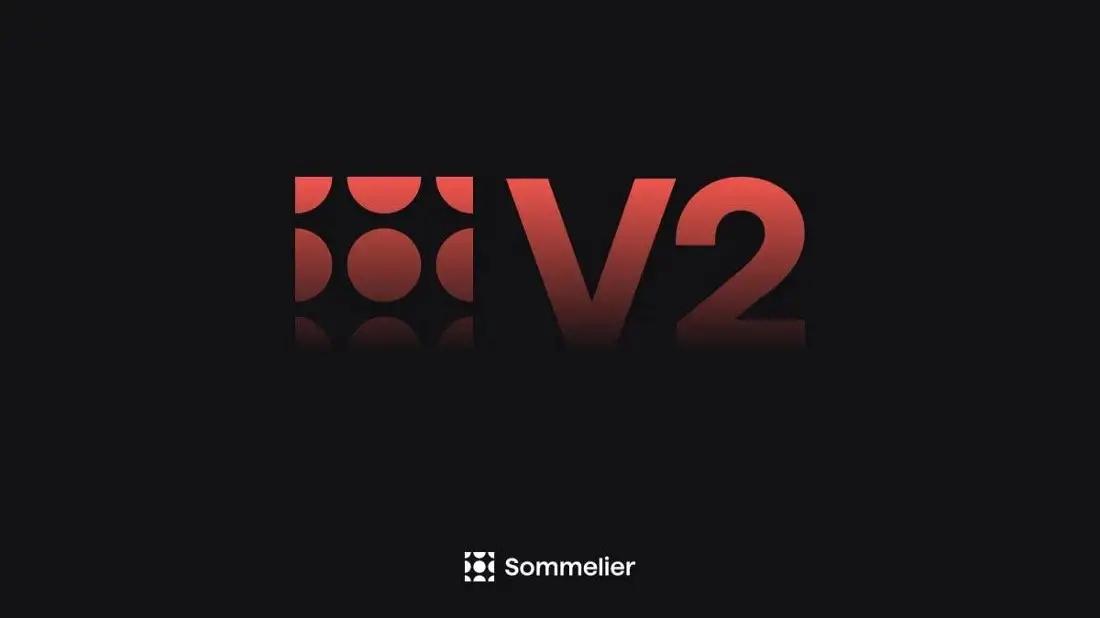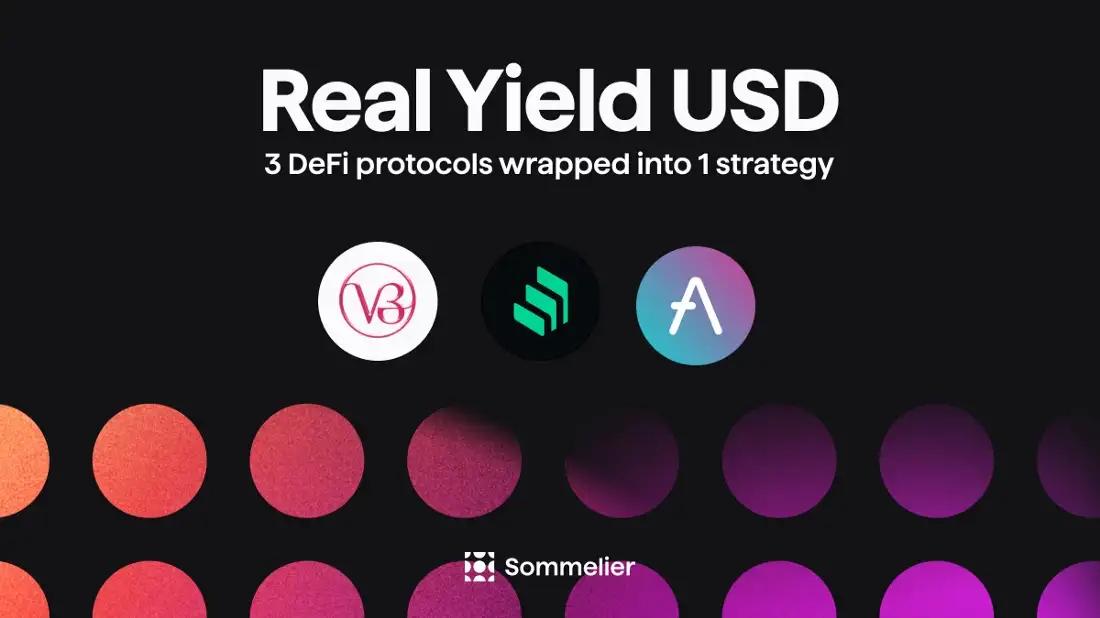Twitter Spaces With the Sommeliers: Mainnet Update and Governance Launch
Sommelier’s new R&D partnership with Mysten Labs joins the push to make Cosmos and Tendermint a vertically scalable framework for building blockchains. With Sommelier poised to do potentially 100,000 TPS and having smart contracts in the Cosmos, co-founders Zaki Manian and Jack Zampolin took to Twitter Spaces to explain this with a progress update for mainnet and the launch of the Governance forum.

Zaki, on a quick break from the Mainnet 2020 summit in New York City, provides some context:
“One of the virtues of the Cosmos ecosystem is that we are building our own applications but we’re all building them on a common framework -- and that common framework has been Tendermint and the Cosmos SDK. Jack and I have been working on it for years. One of the things that has gotten very clear as we’ve gotten into the multi-chain era of DeFi, the multi-chain era of blockchains, is that vertical scaling is very important. Some blockchains want to run on low-end hardware and at low TPS and others want to run at high end hardware and high TPS. There’s this huge opportunity right now to open up the frontier of Tendermint and Tendermint-like systems, and you can see this in the partners that Mysten Labs has been initially choosing to work with, Sommelier and Celo. And, this is synergistic with the work that Terra has announced with Project Dawn and the ongoing investments from the rest of the Cosmos ecosystem in making Cosmos and Tendermint a massively vertically scalable framework for building blockchains so that people can run every conceivable application.”
Why is this an important opportunity for Sommelier and the DeFi world? Zaki explains:
“One of the things that we’ve realized is that from an architecture point of view we have a huge ability to connect to and execute on lots of different EVM chains. So, it doesn't mean that a Cellar [DeFi vaults managed by the Sommelier validator set] can exist only on Ethereum Mainnet or on Arbitrum, Cellars can potentially go anywhere where we have an EVM execution environment and potentially beyond. And that’s going to really push the TPS requirements on the Sommelier chain and this is why we’ve announced this R&D partnership to bring the talent from the Diem team into the Cosmos.”
Jack observes: “I think that’s really well said, Zaki. One of the ways that I think about this is that performance is a feature and up until now it has not been prioritized in the roadmap. And, as we see increasing usage, it’s getting more and more important and the time to focus on that is now. Being able to bridge all of the major EVM L2s is going to take more performance than we have right now and I’m very excited to work with Mysten Labs on this.”
The implications of these optimizations for the greater Cosmos ecosystem
Jack reflects on the impact of realizing this technological vision:
“I think that we’ve all seen, starting with the initial Cosmos chains, innovations that happen in one Cosmos ecosystem spread very quickly to the other ones. And it’s as Zaki was saying, we have this common software substrate that all of these different chains run on and can easily be picked up. And, because we work in open source all this work is going to be out there in the open and it’s going to be easily ‘plug-inable’ to whichever other Cosmos chain folks are running. So Terra, Juno, the Cosmos Hub and all of these other various Cosmos chains will benefit from this upgrade in the same way they’ve benefited from the IBC upgrade. You import a little bit of new code and maybe you’ve got a few new things to run as validators as we see all of these setups get more and more complex and voila you’ve got a lot more transactions to put on your blockchain and the ability to onboard many more users. So really looking forward to seeing this spread throughout the ecosystem. Sommelier intends to be the first blockchain to deploy it.”
Sommelier Progress Update
How’s the journey on the Sommelier roadmap going? Zaki reports:
“What we have right now is a Gravity contract on the Ethereum Mainnet that is getting updates from the validator set. We have a live blockchain. We have some public RTC endpoints that are hosted by Jack, we have some explorers coming soon for the system, we have governance that is live, and we are going to start shaping the future of this network and the decentralization of this network, but we are also going to be putting some Cellars into production very shortly.”
Zaki says he believes that Gravity is a pretty robust bridge framework:
“I think Gravity is ready to go. The Gravity contracts that we just deployed are also running on top of Injective, which I think has north of $100 million bridged over those gravity contracts as of today. In the Cosmos way we always go together. So, Umi, Injective, Sommelier, the ecosystem token bridge that is being plotted out, we are all building on common components, common frameworks, and each of our efforts makes the others stronger. We’re always one big chat group debugging our stuff together.”
Mainnet Summit Takeaways and Opportunities
Reflecting on R&D questions being discussed at the Mainnet summit, Zaki observes:
“I think there are so many interesting R&D questions that have been coming out of this conversation. One of the other things that I think is fascinating and has been very clear in Mainnet is that there is the present reality of DEXes, and we’re all building, but there’s also the future reality of DEXes. I’ve had great conversations with market makers, people trying to figure out how the emerging L2 ecosystem might play out. Had a great meeting with Open just talking about the missing options products that rebalancers need. So lots of good conversations. There’s just so much invention left to do.”
“One of the things that has been happening in our R&D as we’ve been working on this Aave Cellar, and one of the things I learned at Mainnet, is that all of the fixed income products are being built on Compound. So, Sommelier may be a fairly unique player in being able to use the Cellar technology to bring a fixed-income Aave Cellar to the market. That was a surprising learning that I had at Mainnet.”
So, is Sommelier ready to take on the Cellar opportunities in the greater IDC network? Jack explains:
“Today the tooling is a little rough. What we would need to build on the Sommelier side we’d end up hacking together components that are coming in the next few months. Things like interchain accounts, which allow a validator set to control an account on another chain, can easily be turned into constructions that allow for essentially Cellars on Cosmos. So, I think between a few of the features that are shipping soon for IBC and allowing the Cosmos DEX market to mature a little bit, starting next year we should be beginning R&D on that. I think the development cycle will be relatively short. We’re looking at products on Osmosis and Terra in the very immediate future. THORChain is coming online. They also have liquidity pools. Injective is a great example, they have a lot of different derivative products on their chain. There’s a lot of different opportunities to create structured products managed by the Sommelier validator set and to drive revenue to some token holders.”
Zaki adds: “My main takeaway from Mainnet is how many good vibes there are in this industry. People have been pretty chill, it’s been very collaborative, and it’s been good to meet with people. It feels both familiar and reassuring. New York City is also pretty much the liveliest place I’ve been in the US. It’s also nice to see that New York’s still alive.”
Wondering About Gas Costs and Staking Derivatives?
Jack observes that Sommelier is really more of an experience for Ethereum users at this point:
“Because a lot of the Cellar contracts all live on Ethereum, the primary users are going to be people coming from Ethereum and we use the bridge predominately for managing contracts over on Ethereum, not really for providing bridge functionality. This is a little bit different from some of the other bridge use cases. One of the ways Sommelier does reduce gas costs on Ethereum is if you’re managing Uniswap v3 liquidity positions you do have to rebalance. It can not only be an expensive process, which you’ve seen in the Ethereum transactions, but it’s also complicated to know when the right time to do that is from a profit maximization standpoint. We take a lot of that complexity away from users and help save them money, including gas costs as well. The target market for the initial product that we’re watching is liquidity providers on Uniswap v3. These are actors already on Ethereum.”
Zaki has been leading a lot of the staking derivatives work on the Cosmos side as Sommelier plans on taking derivatives to the Cosmos chains sometime soon. He says:
“I think one of the key things here is that the SOMM token is intended to live on both the Ethereum side and the Cosmos side. It’s most likely that the model would be more that you can earn some token through various reward schemes etcetera on the Ethereum side, but the utility would be on the Cosmos side. So if you want to use your SOMM tokens in an Ethereum context you’ll be able to do so and you’ll be paying Ethereum fees, but once your SOMM tokens are on the Cosmos side if you want to stake them and use them in governance or participate in the community activities you’ll be in the Cosmos fee world.”
Sommelier’s vision currently at launch is about targeting liquidity providers on Ethereum and other Ethereum EVMs with a validator-managed framework. So, the bridge acts as a way for validators to control where your liquidity can get the highest yields in the Ethereum world. As Sommelier is a network that is decentralized, it will be exciting to see the community propose new ways to use the bridge. It’s part of the governance that is on Sommelier mainnet.
What’s Next?
What’s next on the way to Mainnet? Delegations? Proposals? Jack says:
“Those are the initial first steps, and as we finalize development of the Cellars product, we should see that live here within the next month or two, which is really exciting.
One thing that we alluded to in that last segment that I want to circle back on. Right now management of Ethereum contracts is predominantly done through Multisig accounts, and I think as we look at the regulatory threat in crypto right now, decentralized ownership of those smart contract protocols is going to become increasingly important. That’s really what Sommelier does at its core. It takes an Ethereum smart contract, or a smart contract on pretty much any other chain is the idea, and puts its management in the hands of the Sommelier validator set and any profits from that smart contract accrue to the validator set and the token holders over on Sommelier. And this is much more in line with the vision of decentralized finance that I think we all have than what is in reality going on today with a lot of different bridge technologies as well as different DeFi products. And I think that’s going to be a key differentiator for SOMM moving forward.”
More articles
© 2025 Somm by Bajanss OÜ –Maakri 36-50, Tallinn, Estonia 10145




